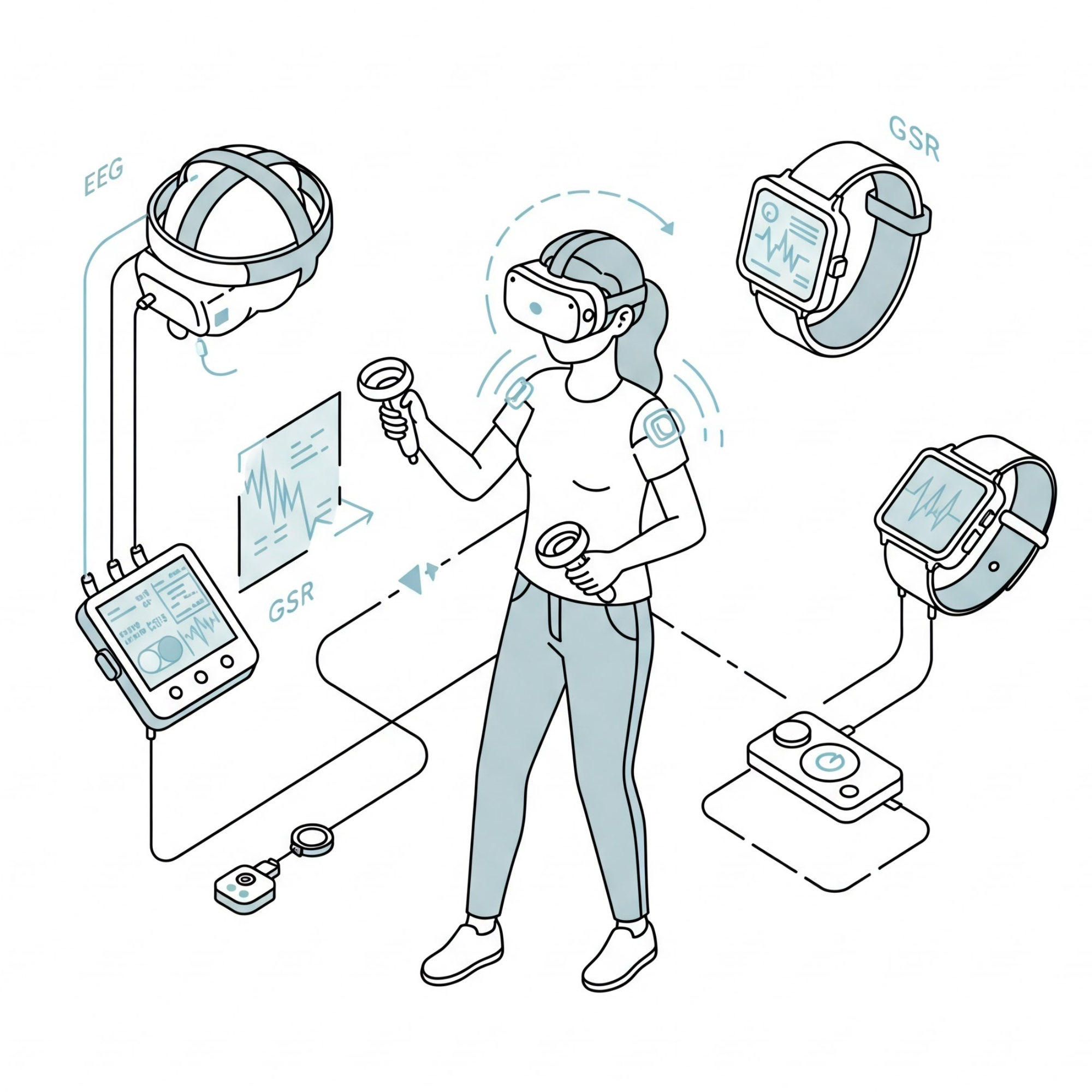Active Projects
The PID lab has an active and diverse research agenda. The research thrusts below represent several ongoing studies that investigate collective human behavior, human-human interactions, human-machine interactions, and human-machine-human interactions.
Social Telerehabilitation
In telerehabilitation, patients perform physical therapy using electronic devices that measure their movement. Data from the devices is then sent to clinicians for remote assessment of their recovery. However, in the absence of a therapist, patients do not perform their prescribed therapy. This lack of adherence significantly hinders their recovery. Social interactions where patients exercise together online could motivate them to perform their exercises regularly. Beyond facilitating their recovery, online social interactions could provide patients a community to identify with and alleviate feelings of depression and isolation that people with injury and disease commonly experience.
In this project, we design and analyze interfaces for rehabilitation that capitalize on social interactions to promote patients’ adherence, recovery, and well-being. We focus on several populations including stroke patients, injured construction workers, and individuals with visual impairments.
Smart and Engaging Interfaces
People increasingly use technological interfaces, whether it is for work, education, health, or entertainment. To maximize human engagement and performance, smart interfaces that “know” what actions people are carrying out, “infer” their affective state, and “respond” to them could be devised. For example, telerehabilitation interfaces could automatically assess patients’ movements and provide feedback on their motor performance in real time to enhance their motivation.
In this project, we relate physiological and behavioral measurements from gaming systems and wearable devices to measurements of people’s affect, engagement, and satisfaction from brain-computer interfaces. We integrate these relationships into econometric forecasting models and natural language processing algorithms to enable dynamic feedback systems.
Effectiveness and Fairness of Firearm Policies
Firearm injury is a leading cause of death in the United States. Firearm policies can promote responsible firearm ownership, reduce hazards associated with firearms, and lower the rates of firearm harms. Yet, the effectiveness of firearm policies in achieving those goals remains understudied, and it is likely that they impact populations differently.
We combine methods from causal inference, econometrics, information theory, and time series analysis to quantitatively evaluate firearm policies. We adopt concepts from fair division and algorithmic fairness to understand whether these policies influence segments of the population differently.


